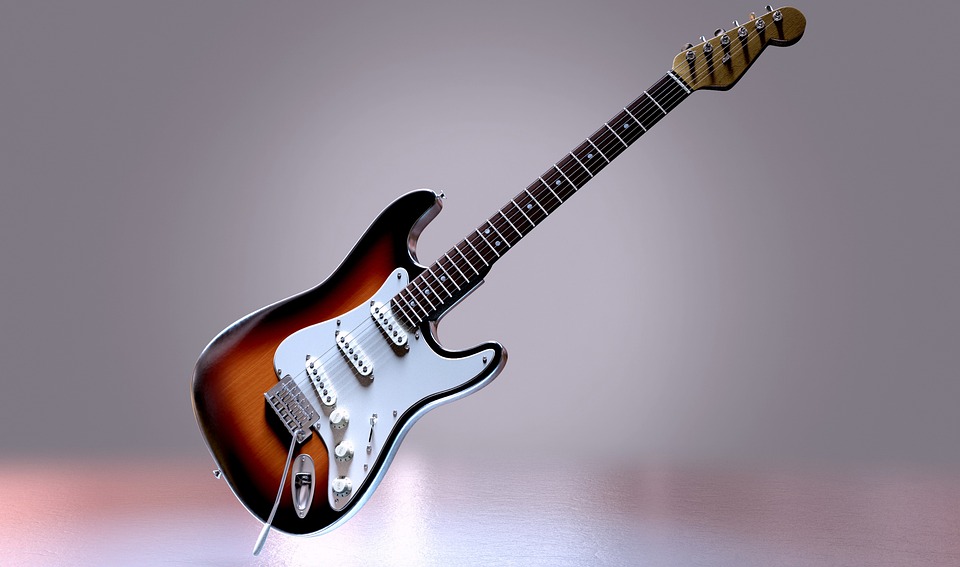From Folk to Fusion: Traditional Instruments in World Music
World music has always been a melting pot of different cultures, styles, and influences. At the heart of this diverse tapestry are traditional instruments that have been used for centuries in folk music across the globe. These instruments play a crucial role in defining the sound and character of each culture’s music, and as world music continues to evolve and blend with other genres, these traditional instruments are finding new life in fresh and exciting ways.
Exploring Traditional Instruments
Traditional instruments have been a part of human history for thousands of years, with each culture developing its own unique set of instruments that reflect its values, beliefs, and traditions. From the haunting sound of the Japanese shakuhachi flute to the rhythmic beat of the African djembe drum, these instruments are deeply rooted in the cultural identity of their respective regions.
One of the most popular traditional instruments in world music is the tabla, a set of Indian drums that are integral to classical Indian music. Used in both solo and ensemble performances, the tabla is known for its complex rhythms and expressive tones. The sitar, another Indian instrument, is a stringed instrument with a long neck and a pear-shaped body. It is used in Indian classical music and has been popularized by artists such as Ravi Shankar.
In African music, instruments like the kora, a harp-lute hybrid from West Africa, and the balafon, a type of xylophone with resonating tubes, are commonly used. These instruments are often played in ensembles to create intricate rhythms and melodies that are unique to African music.
In Middle Eastern music, instruments like the oud, a pear-shaped string instrument, and the darbuka, a type of goblet drum, are commonly used. These instruments are known for their rich and soulful sounds that evoke the landscapes and cultures of the region.
The Evolution of World Music
As world music continues to evolve and blend with other genres, traditional instruments are being used in new and innovative ways. In recent years, we have seen a rise in fusion music that combines elements of different cultures and genres to create a unique and eclectic sound.
One example of this fusion is the blending of traditional Indian music with electronic dance music (EDM). Artists like Karsh Kale and Talvin Singh have been at the forefront of this movement, incorporating tabla rhythms and sitar melodies into pulsating electronic beats. The result is a mesmerizing fusion of ancient and modern sounds that appeal to a wide audience.
Similarly, in the world of jazz, musicians like Dhafer Youssef and Anouar Brahem have been incorporating Middle Eastern instruments like the oud and ney flute into their compositions. These instruments add a new dimension to traditional jazz music, creating a vibrant and dynamic sound that is both innovative and captivating.
Preserving Tradition in a Modern World
Despite the evolution of world music, many artists are committed to preserving traditional instruments and the cultural heritage they represent. Organizations like the Smithsonian Folkways Recordings and the World Music Institute work tirelessly to document and promote traditional music from around the world, ensuring that these ancient instruments and traditions are not lost to time.
Instruments like the sitar, tabla, kora, and balafon continue to be passed down from generation to generation, ensuring that their unique sounds and techniques are preserved for future audiences to enjoy. By honoring and celebrating these traditions, musicians are able to connect with their cultural roots and create music that is both authentic and meaningful.
Conclusion
Traditional instruments play a vital role in world music, serving as a bridge between different cultures and traditions. As world music continues to evolve and blend with other genres, these instruments are finding new life in fusion music that combines elements of different cultures and genres. From the haunting melodies of the sitar to the rhythmic beats of the djembe drum, traditional instruments add a richness and depth to world music that is truly unique.
By preserving and celebrating these ancient instruments, musicians are able to connect with their cultural heritage and create music that is both innovative and authentic. As we continue to explore the diverse sounds of world music, traditional instruments will undoubtedly continue to play a central role in shaping the music of the future.

Leave a Reply